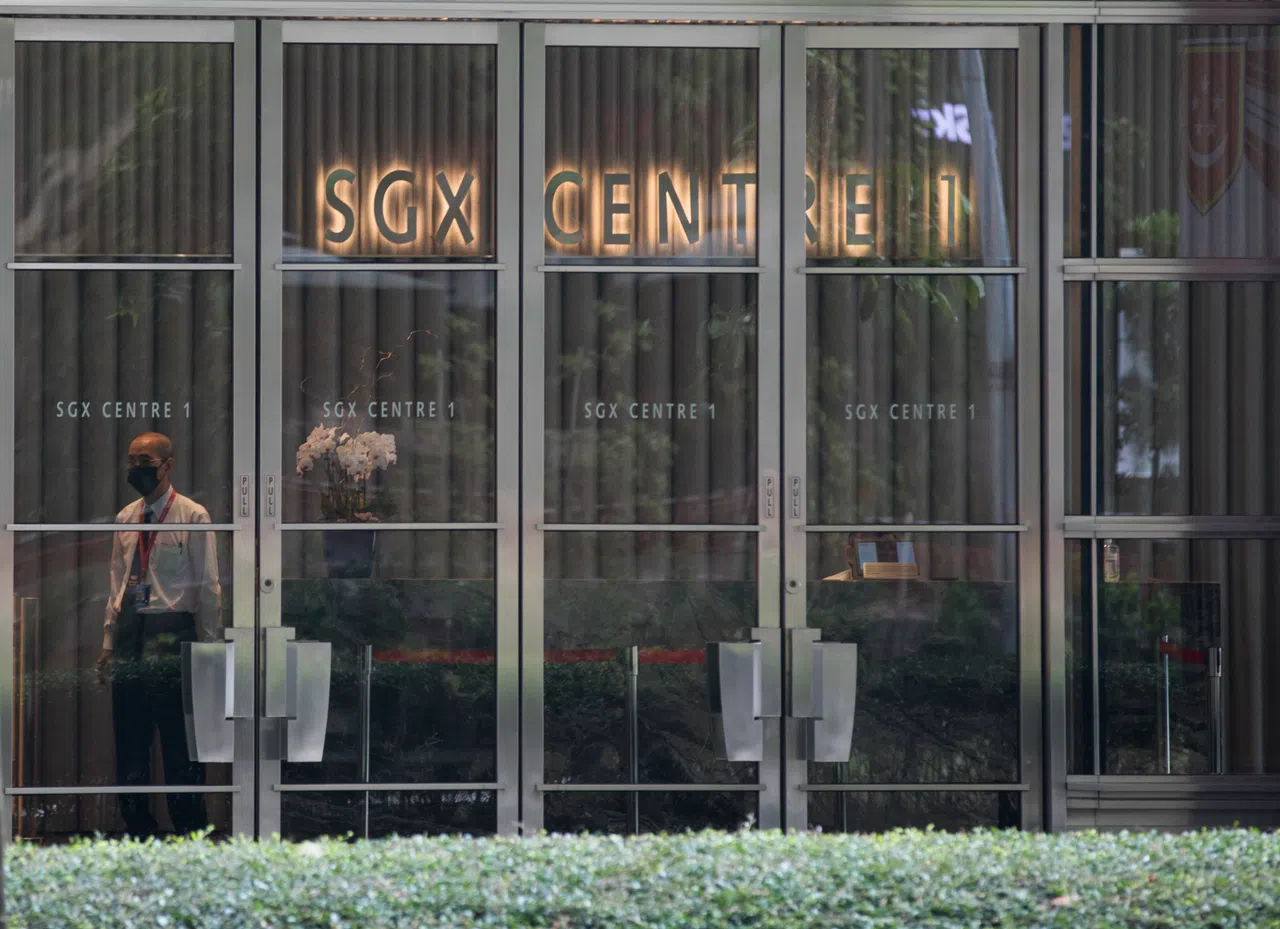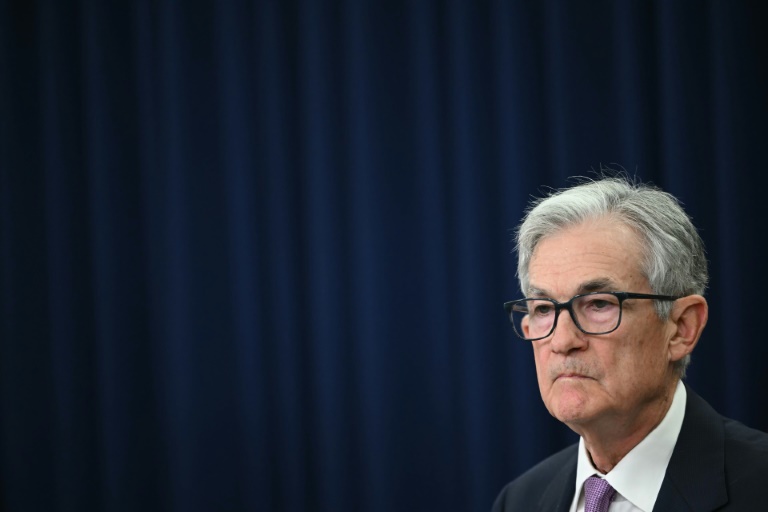Oil prices closed slightly higher in choppy trading on Thursday (Nov 14), as a steep draw in US fuel stocks outweighed oversupply concerns and demand worries stemming from a stronger dollar.
Brent crude futures settled 28 US cents or 0.4 per cent higher at US$72.56 a barrel, while US West Texas Intermediate crude futures rose 27 cents or 0.4 per cent at US$68.70. Both benchmarks had briefly dipped into negative territory during the trading session.
Brent was on track to lose about 1.7 per cent for the week, while WTI was set to end the week over 2 per cent lower due to a stronger US dollar and worries about rising supply amid slow demand growth.
US gasoline stocks fell by 4.4 million barrels last week, the Energy Information Administration said, compared with analysts’ expectations in a Reuters poll for a 600,000-barrel build. The stockpile of 206.9 million barrels for the week ended Nov 8 was the lowest since November 2022.
Distillate stockpiles, which include diesel and heating oil, fell by 1.4 million barrels, versus expectations for a 200,000-barrel rise.
US gasoline futures settled 0.8 per cent higher, while heating oil futures closed down about 0.3 per cent after briefly spiking on the data.
BT in your inbox
Start and end each day with the latest news stories and analyses delivered straight to your inbox.
Capping oil-price gains, however, was a 2.1-million barrel rise in US crude inventories last week, much more than analysts’ expectations for a 750,000-barrel rise.
Meanwhile, the International Energy Agency forecast global oil supply will exceed demand in 2025 even if cuts remain in place from Opec+, which includes the Organization of the Petroleum Exporting Countries and allies such as Russia, as rising production from the US and other outside producers outpaces sluggish demand.
The Paris-based agency raised its 2024 demand growth forecast by 60,000 barrels per day (bpd) to 920,000 bpd, and left its 2025 oil demand growth forecast little changed at 990,000 bpd.
The premium of the front month WTI contract over the second month contract also narrowed this week to its smallest since June. The narrowing of the premium, or backwardation, indicates that a perception of tight supply for prompt delivery has eased.
The dollar surged to a one-year high, and headed for a fifth-straight daily gain fuelled by higher yields and President-elect Donald Trump’s election victory in the US.
A stronger greenback makes dollar-denominated oil more expensive for holders of other currencies, which can reduce demand.
A rally in US 10-year Treasury yields and a surge in the 10-year break-even inflation rate to 2.35 per cent added to demand worries, said Kelvin Wong, senior market analyst at Oanda.
“(This) increases the odds of a shallow Fed interest-rate-cut cycle heading into 2025 (and) overall, there is less liquidity to stoke an increase in demand for oil,” he added.
Opec on Tuesday cut its forecast for global oil demand growth for this year and next, highlighting weakness in China, India and other regions, marking the producer group’s fourth-consecutive downward revision in the 2024 outlook.
“Crude futures are trying to establish an equilibrium pricing, as a rising US dollar index is creating a further headwind, along with a Trump administration that will now have control of Congress, which is likely to roll back most of the Biden administration’s energy policies,” Dennis Kissler, senior vice-president of trading at BOK Financial, said in a note.
Brent crude is expected to average US$80 across 2025, down from a forecast at the end of September for US$85, UBS Switzerland’s oil strategist Giovanni Staunovo wrote in a note, citing lowered demand growth estimates, particularly from China.
“Overall, we see the oil market as balanced to marginally oversupplied next year,” Staunovo said. REUTERS







